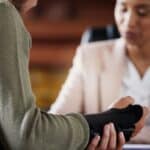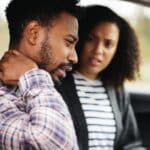Preserving evidence for a slip and fall accident is rarely your first thought when you suddenly find yourself on the ground, injured, and shaken. Yet, in Colorado Springs and across El Paso County, the steps you take immediately after a fall may determine whether you receive fair compensation or face financial hardship. Without well-documented proof, even severe injuries can result in denied claims as property owners and insurers work quickly to limit their liability.
Why Evidence for a Slip and Fall Matters More Than You Think
Premises liability law places the obligation of proof on the person bringing the claim. Unlike car accidents, which often leave skid marks, vehicle damage, and multiple witnesses, slip and fall accidents can leave minimal physical evidence. In Colorado Springs, where winter conditions regularly create hazardous walking surfaces, property owners will often claim that they maintained reasonable care or that you should have been more cautious.
Without compelling evidence supporting your claim, you face an uphill battle against experienced insurance adjusters who handle hundreds of similar claims annually—and are trained to minimize payouts.
Immediate Actions: The Critical First Hour
The moments immediately following your accident provide unique, often irreplaceable evidence for a slip and fall claim.
Photographic Documentation of the Exact Hazard
Capture multiple angles of whatever caused your fall—whether it’s a wet floor without warning signs in a hotel or grocery store, black ice in a shopping center parking lot, or uneven pavement along downtown streets. This visual evidence establishes the hazard before it can be corrected.
Secure Witness Contact Information
Collect contact information, including names, phone numbers, and email addresses, from anyone who saw you fall or noticed the hazard. Independent witnesses provide crucial third-party evidence for a slip and fall that significantly strengthens your claim.
Related: What You Do – And Don’t Do – After an Accident in Colorado Springs Affects Your Payout
Medical Evidence: Connecting Injuries to the Incident
Your medical records serve as foundational evidence for a slip and fall claim, establishing both the existence and extent of your injuries.
Seek Treatment Without Delay
Visit an emergency room, urgent care facility, or your physician as soon as possible after a fall. Immediate medical attention documents that your injuries are in direct relation to the accident.
Be Thorough
When speaking with healthcare providers, clearly explain how the fall occurred and all symptoms you’re experiencing, even minor ones. This creates medical evidence for a slip and fall that clearly connects your injuries to the specific incident.
Research highlights that over a million emergency room visits annually are linked to slip and fall incidents, with patients frequently underestimating their initial symptoms. Comprehensive medical evidence for your personal injury claim is essential, as some injuries—particularly those involving the brain, neck, and spine—may worsen over time.
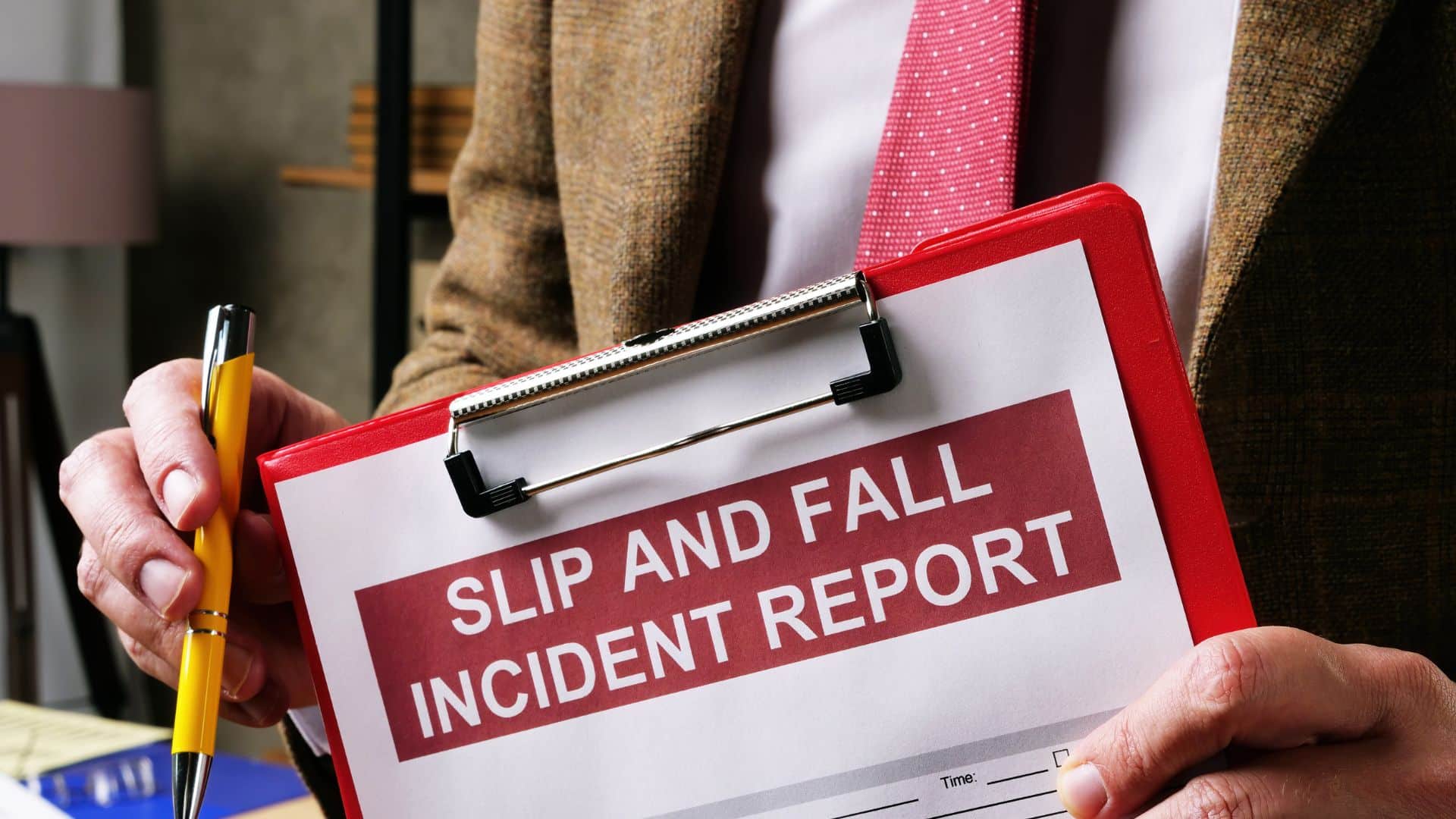
Incident Reports: Official Evidence for Premises Liability
Most businesses have procedures for documenting accidents that occur on their premises; however, depending on the manager in charge, these procedures may not be implemented automatically.
Insist on Filing an Official Report
Request that a manager on duty or property owner complete an incident report while you’re still at the location. This creates time-stamped, official evidence for a slip and fall that the property owner cannot later deny.
Review for Accuracy Before Signing
Carefully read the report to ensure it accurately reflects the conditions and circumstances of your fall and doesn’t minimize the hazard or suggest you were at fault. This documented evidence becomes part of the permanent record, and you do not want to sign anything that does not accurately reflect what happened.
In Colorado Springs, businesses typically retain incident reports that detail the date, time, location, conditions, and sometimes statements from employees—all valuable evidence for premises liability claims, as it establishes the facts before memories fade or stories change.
You Might Like: Fact Check: Common Myths About Personal Injury Claims in Colorado Springs
Surveillance Video: Powerful Visual Evidence
Most commercial properties in El Paso County have CCTV security camera systems that may have captured your accident.
Request Preservation Immediately
Security footage is often automatically deleted after a short period—sometimes as little as 24-48 hours. Promptly requesting such critical evidence in writing is necessary.
Include Specific Time and Location Details
Your preservation request should include the exact time, date, and location of your fall to ensure the relevant footage is saved as evidence for your personal injury claim.
Colorado courts recognize video surveillance as particularly compelling because it provides objective evidence that isn’t subject to memory lapses or perspective differences. This makes it among the most valuable forms of documentation in premises liability cases.
Clothing and Footwear: Often-Overlooked Evidence for a Slip and Fall
What you were wearing when you fell can significantly impact your case.
Leave All Items As-Is
Don’t wash, clean, or repair the clothing and shoes you were wearing. These items provide physical evidence that may show residue from the floor surface or impact damage that corroborates your account.
Photographic Documentation
Take detailed pictures of your clothing and footwear. Doing so creates additional visual evidence that preserves the condition of your clothing even if the items themselves are later cleaned.
In Colorado Springs slip and fall cases, defense attorneys and insurance companies often argue that inappropriate footwear contributed to the accident. Preserving your shoes as evidence for a slip and fall claim allows your attorney to counter arguments that your footwear, rather than a property hazard, caused your fall.
Further Reading: What Factors Impact Determining Fault for Personal Injury Claims?
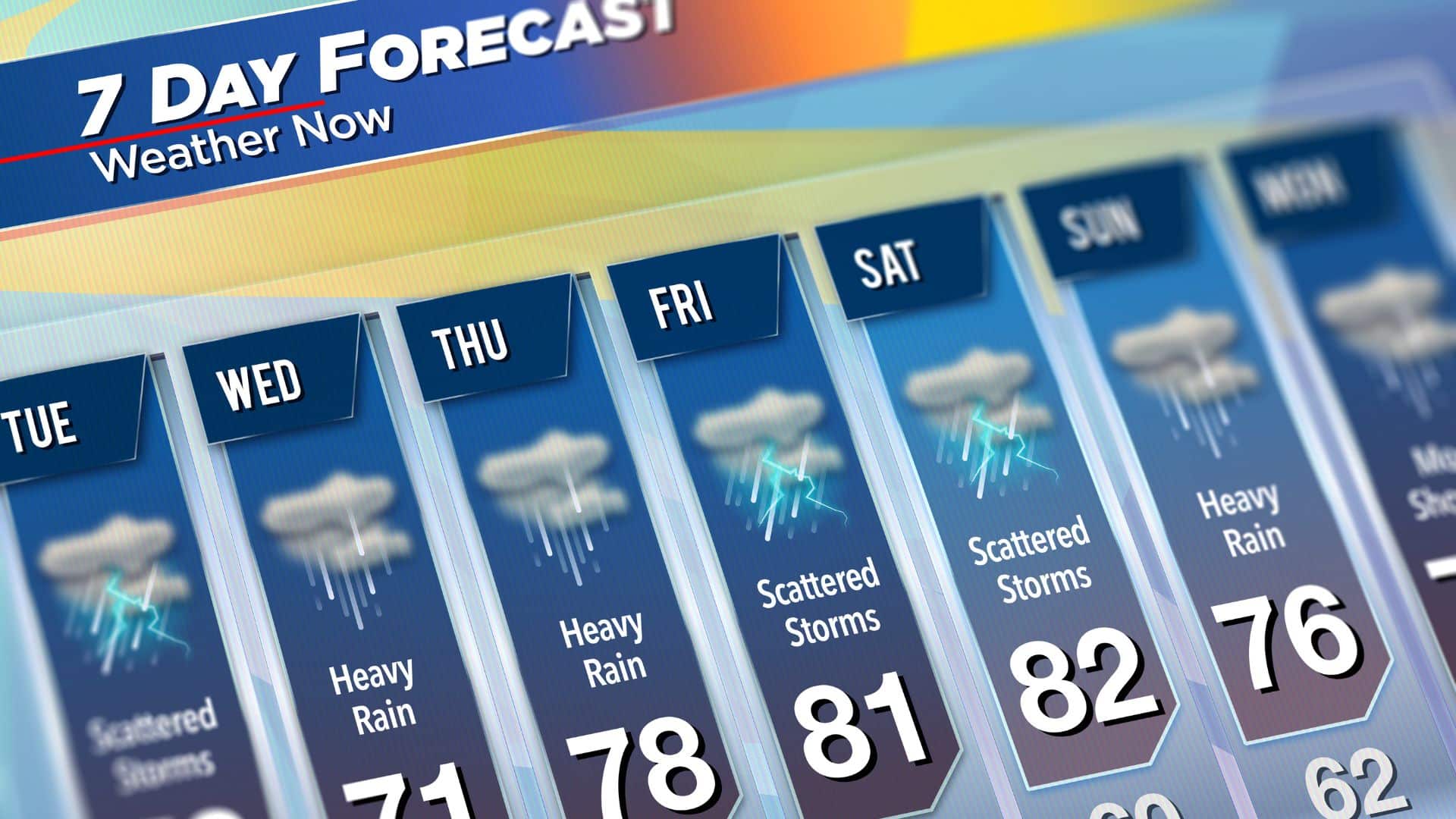
Weather Records: Contextual Evidence
Colorado’s variable climate makes weather records particularly relevant for slip and fall accidents occurring outdoors.
Document Weather Conditions
Take photos of weather conditions and any accumulation of snow, ice, or rain at the time of your accident. This environmental documentation for slip and fall claims establishes the conditions that property owners should have been aware of and addressed.
Obtain Official Weather Records
Local meteorological data from the day of your accident provides objective evidence for a slip and fall by confirming precipitation, temperature, and other relevant conditions.
El Paso County’s microclimates (from downtown Colorado Springs to higher elevations like Monument) mean that regional weather reports may not accurately reflect conditions at your specific accident location, making your personal documentation of weather conditions crucial evidence for your personal injury claim.
Maintenance Records: Evidence Showing Negligence
Property maintenance documentation can reveal patterns of negligence or policy violations.
Request Cleaning and Maintenance Logs
These records provide evidence for a slip and fall case by showing whether regular inspections occurred and how quickly hazards were typically addressed.
Obtain Property Policies and Procedures
Many businesses have written safety protocols that, if not followed, create compelling documentation for your claim based on the property owner’s failure to follow their own standards.
Colorado premises liability law assesses whether property owners have taken reasonable steps to identify and remedy hazards. Maintenance records provide crucial evidence for a slip and fall claim by establishing whether the property owner met this legal standard of care.
Prior Incidents: Looking for Patterns
Previous accidents in the same location can significantly strengthen your claim.
Research Complaint History
Public records requests may reveal whether similar incidents occurred previously. This can reveal a pattern of negligence that suggests the property owner was aware of or should have been aware of recurring hazards.
Identify Prior Lawsuits
Court records can reveal whether the property has been the subject of previous premises liability litigation, providing additional evidence for a slip and fall claim based on notice of dangerous conditions.
In Colorado Springs, establishments with histories of similar incidents face greater difficulty defending against claims, as this pattern suggests that they were aware of—and failed to adequately address—ongoing safety issues.
Building Your Case
Assembling your evidence effectively requires organization and attention to detail.
Create a Comprehensive Timeline
Document the sequence of events from before your fall through your ongoing recovery. This chronological evidence establishes causation between the hazardous condition and your injuries.
Maintain a Detailed Expense Record
Carefully track injury-related expenses like hospital bills, commuting to medical visits, medication costs, and reduced earnings. This financial evidence for a slip and fall supports your claim for fair compensation.
Colorado’s comparative negligence laws mean that property owners will often claim you were partially responsible for your fall. Thorough, well-organized documentation is your best defense against these tactics that could reduce your compensation.
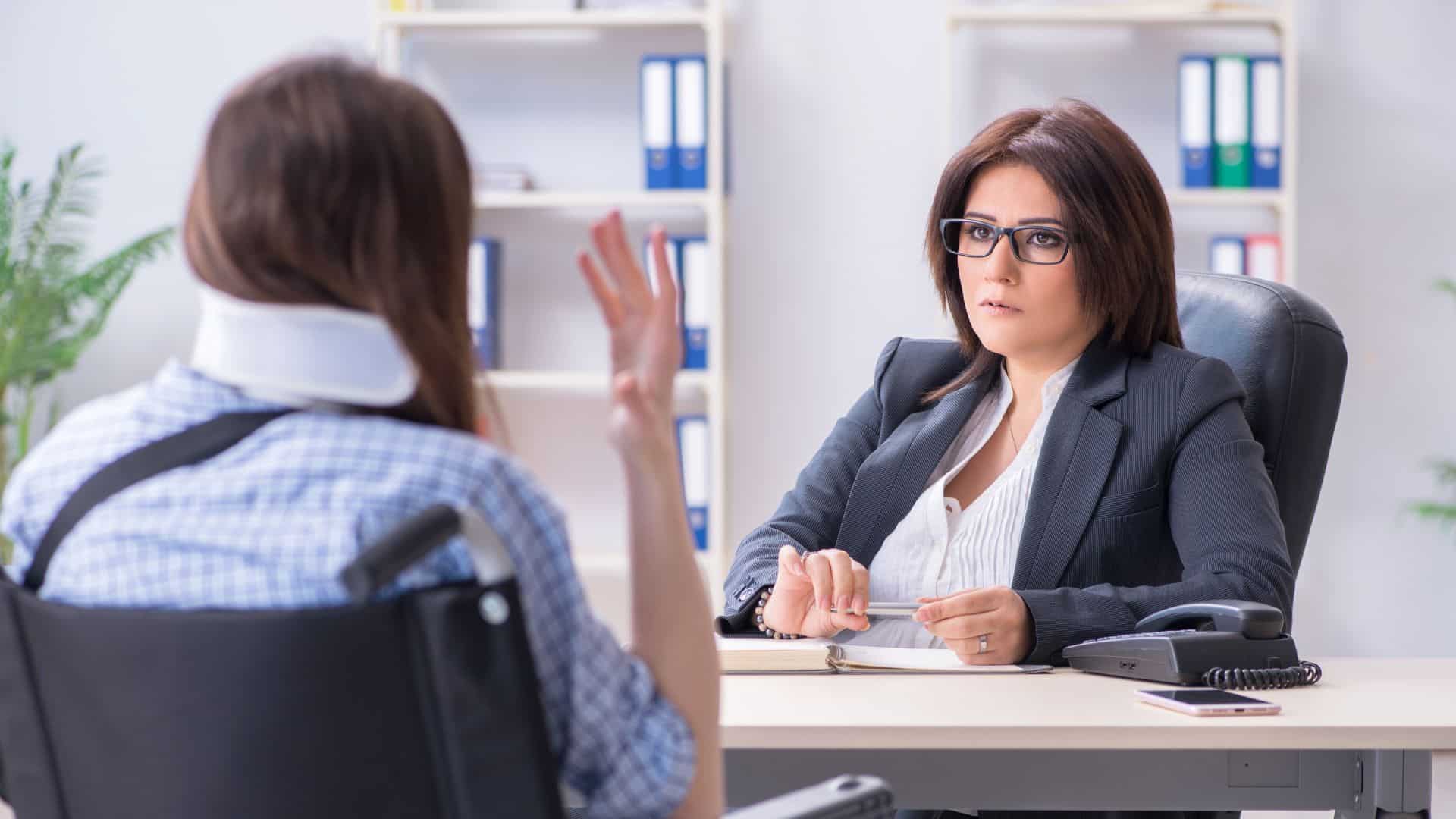
Taking Action: Securing Professional Help with Your Evidence
Collecting and preserving evidence for a slip and fall claim can be overwhelming, especially when you’re dealing with injuries. Professional legal assistance from experienced personal injury attorneys in Colorado Springs ensures that all critical evidence is properly gathered, preserved, and presented.
At Newby Lindley Slater, our team has extensive experience helping Colorado Springs residents document and prove premises liability claims. We understand the specific evidence that will make your personal injury claim succeed, ensuring maximum compensation for injuries that are not your fault. Don’t let critical evidence for your personal injury claim disappear while you focus on recovery.
Schedule your free, confidential consultation with Newby Lindley Slater today to make sure your case is backed by thorough records that help you recover the maximum compensation available for your health expenses, injuries and further losses.
James Newby is a criminal defense attorney in Colorado Springs and the managing attorney of the criminal justice law firm Newby Lindley Slater. James got into law because of a deep-rooted passion for helping good people that may have made a poor choice that could have lasting consequences.

